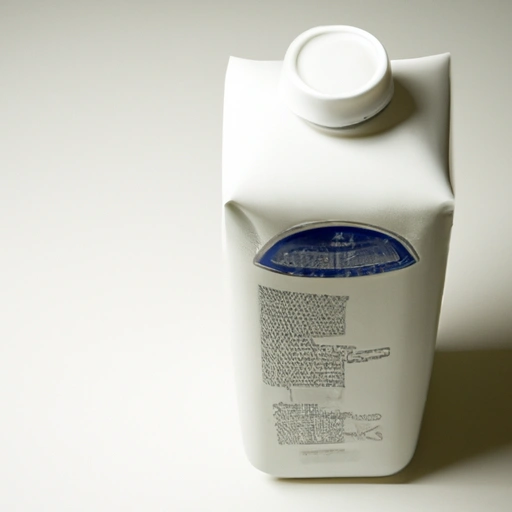Whole Milk
Description

Whole milk is a rich, creamy liquid dairy product that is obtained from the milking of cows. It is called 'whole' because it contains the natural fat content of the milk, typically around 3.25% in the United States. Whole milk is a versatile ingredient known for its smooth texture and full flavor. It is an essential staple in many households and is used in a variety of culinary applications.
In recipes, whole milk is often measured in cups (American), milliliters (European), or liters (Asian and European). One cup of whole milk equates to approximately 240 milliliters or 8.45 fluid ounces. In culinary contexts, whole milk is frequently utilized for its ability to enhance the texture and richness of dishes.
Common uses
Whole milk is commonly used as a beverage, in coffee and tea, with cereal, or as an ingredient in baking and cooking. It is also a base for dairy products such as cheese, butter, yogurt, ice cream, and cream. In many cultures, it is an essential ingredient for creating rich sauces, creamy soups, and tender baked goods.
Nutritional value
Calories
A standard cup (240 ml) of whole milk contains about 150 calories.
Protein
Whole milk provides about 8 grams of protein per cup (240 ml).
Fat
The fat content in a cup (240 ml) of whole milk is approximately 8 grams, which includes saturated fats.
Carbohydrates
There are about 12 grams of carbohydrates, mostly in the form of lactose, in a cup (240 ml) of whole milk.
Vitamins
Whole milk is a good source of vitamins, particularly vitamin D, vitamin A, and some B vitamins.
Minerals
It also contains essential minerals, including calcium, phosphorus, and potassium.
Health benefits
Whole milk is beneficial for bone health due to its high calcium and vitamin D content. The proteins and fats in whole milk can aid in muscle development and the maintenance of cell membranes. However, moderation is key as part of a balanced diet.
Potential risks
Consumption of whole milk should be moderated for individuals with lactose intolerance, dairy allergies, or those at risk for heart disease due to its saturated fat content. It is also higher in calories, which may be a consideration for those managing their weight.
Common recipes
Whole milk is used in a multitude of recipes ranging from classic macaroni and cheese to creamy béchamel sauce. It is also a key ingredient in custards, puddings, pancakes, and baked goods like cakes and bread.
Cooking methods
Whole milk can be used in simmering, baking, and emulsifying techniques. It is used to steam and froth for coffee drinks and to create smooth textures in soups and sauces.
Pairing with other ingredients
Whole milk pairs well with a variety of ingredients, including chocolate, fruits, honey, spices like cinnamon and nutmeg, and savory flavors such as garlic and herbs.
Summary
Whole milk is a nutritious and flavorful ingredient that plays a key role in many cooking and baking applications around the world. Its rich taste and creamy consistency make it a cherished staple in kitchens globally. While it offers several health benefits, it is also important to consume whole milk in moderation due to its fat content and potential allergies or intolerances.